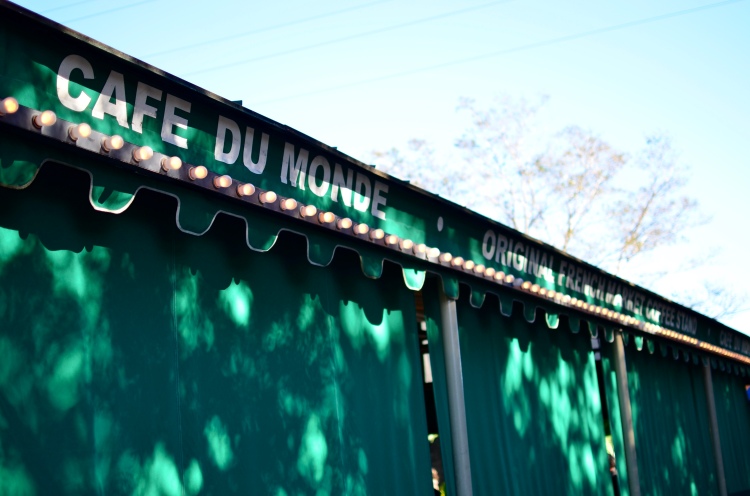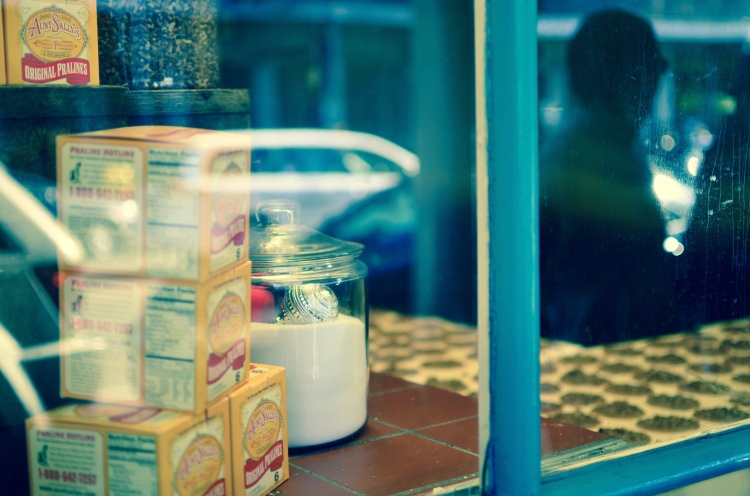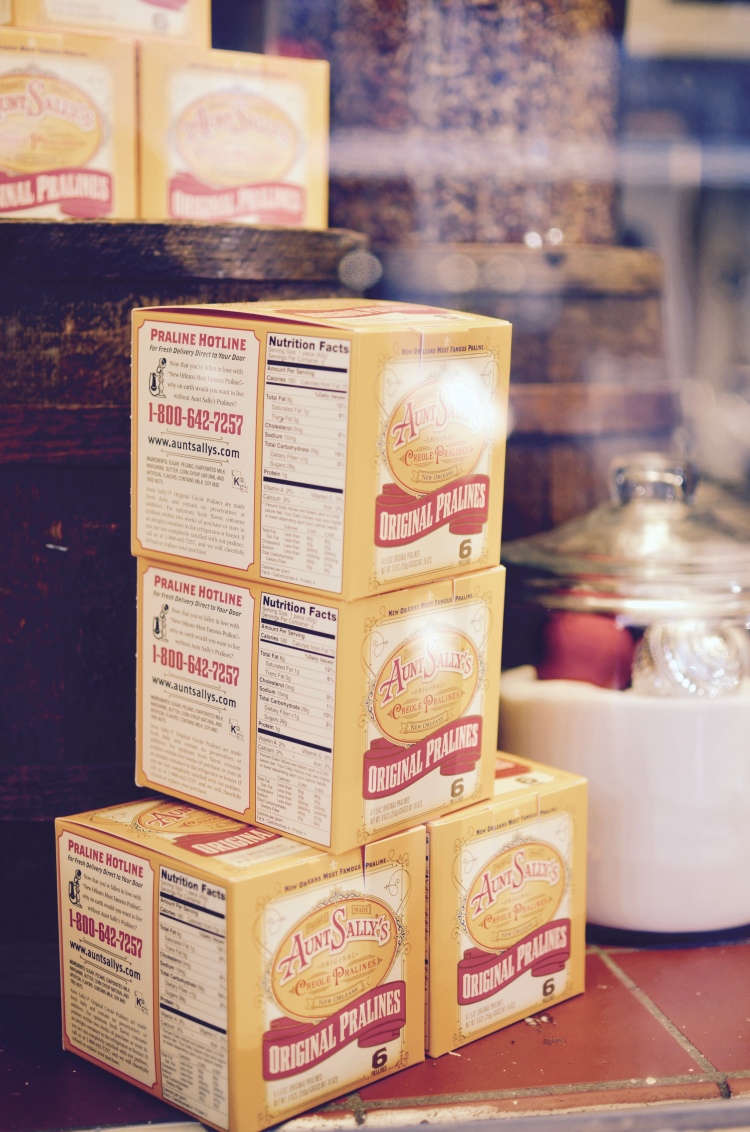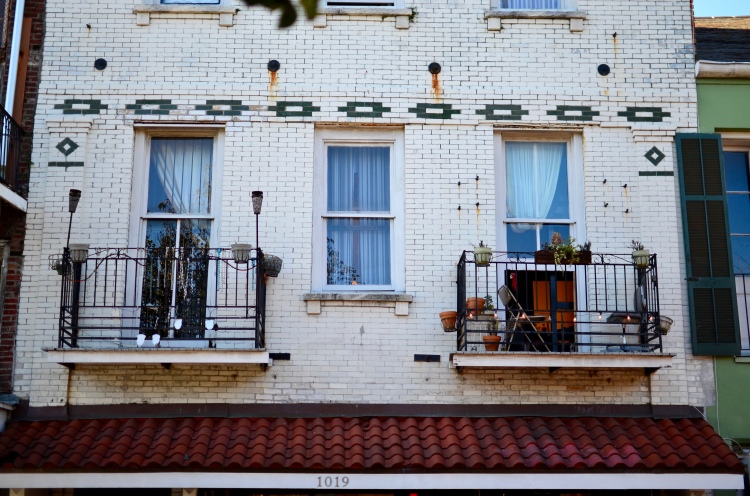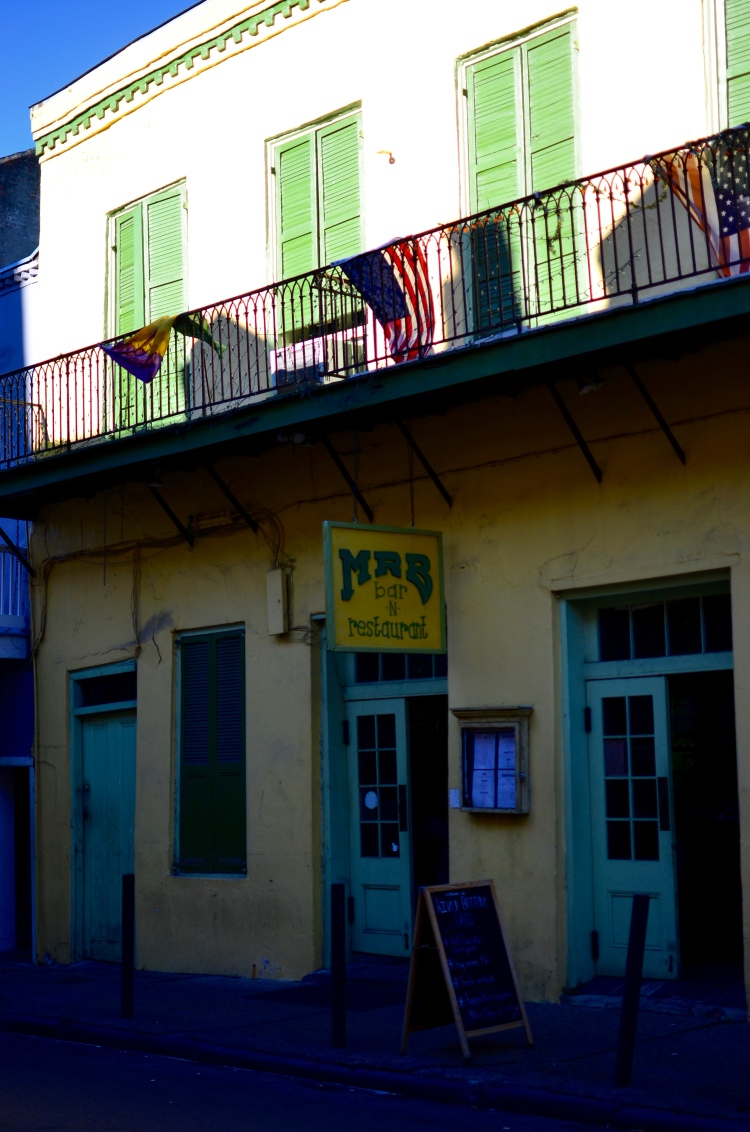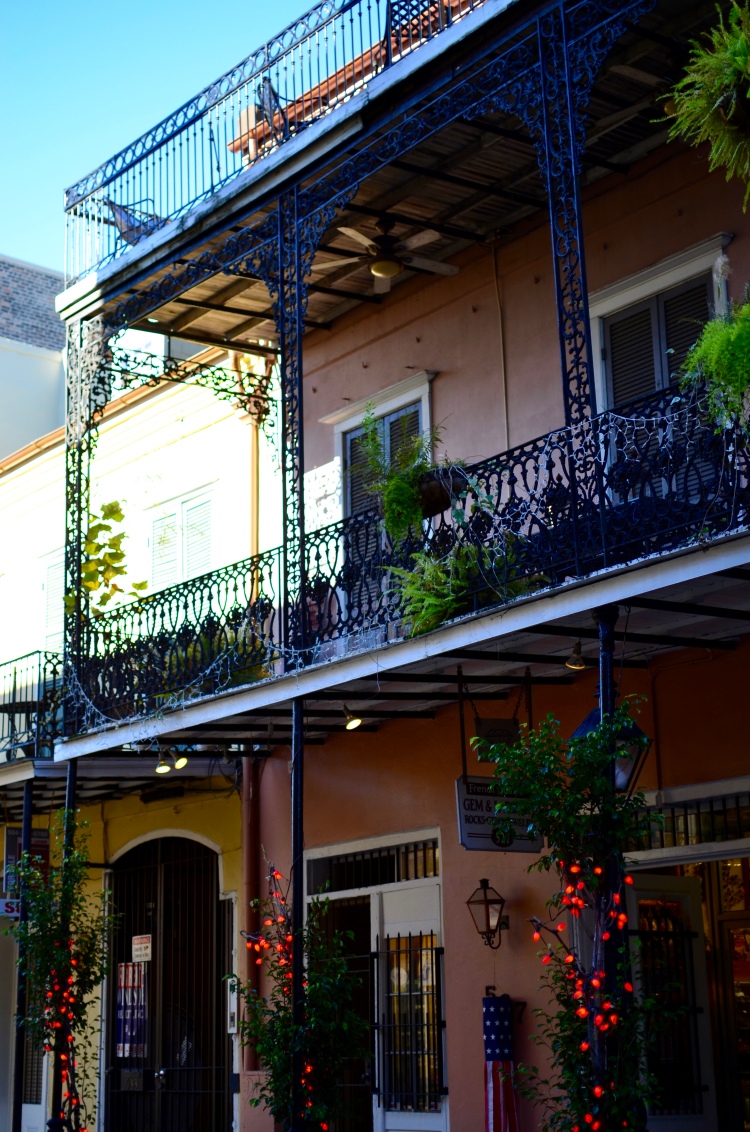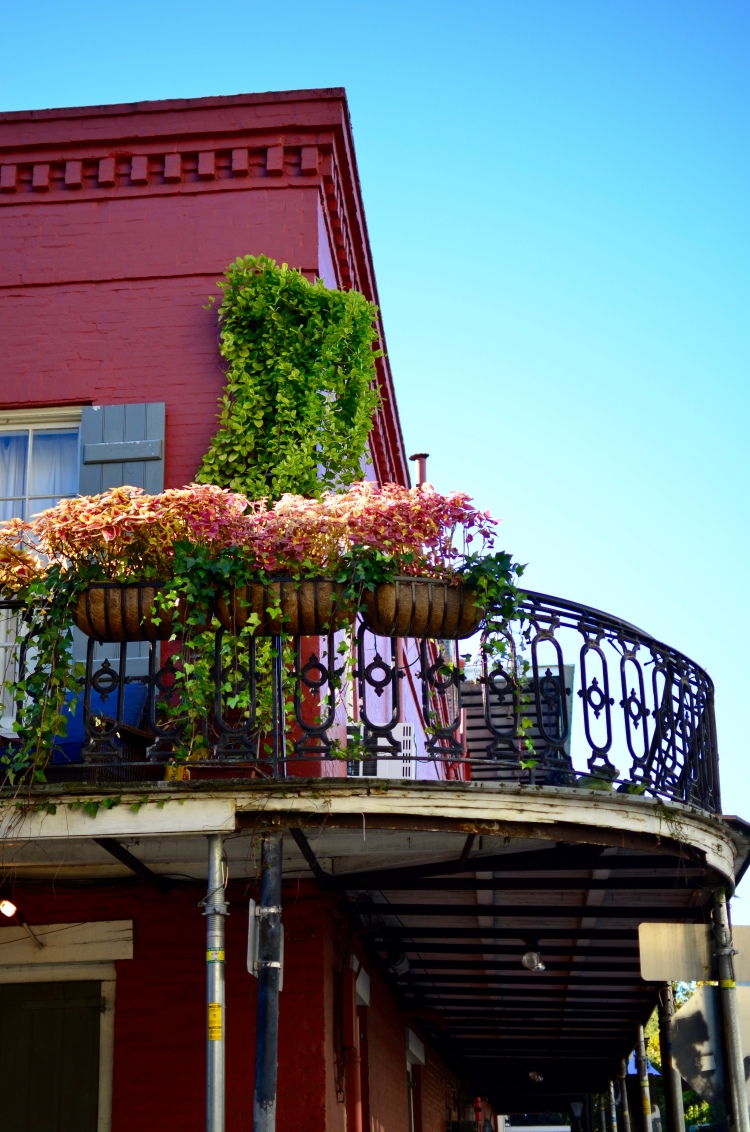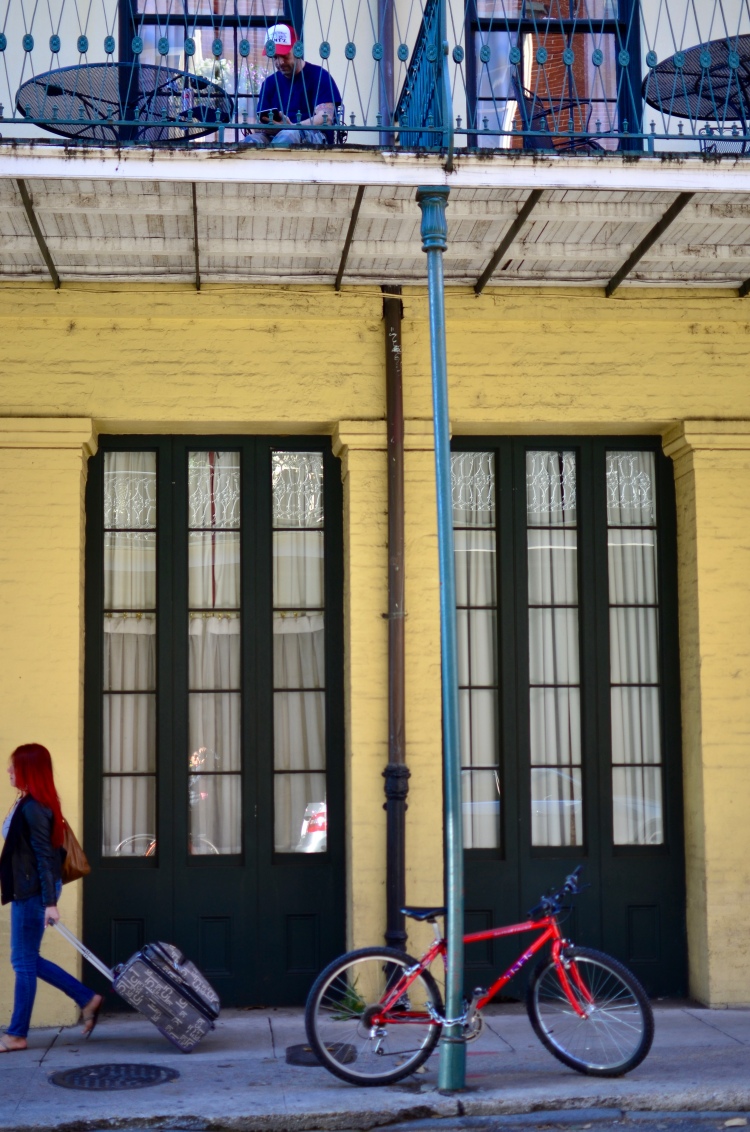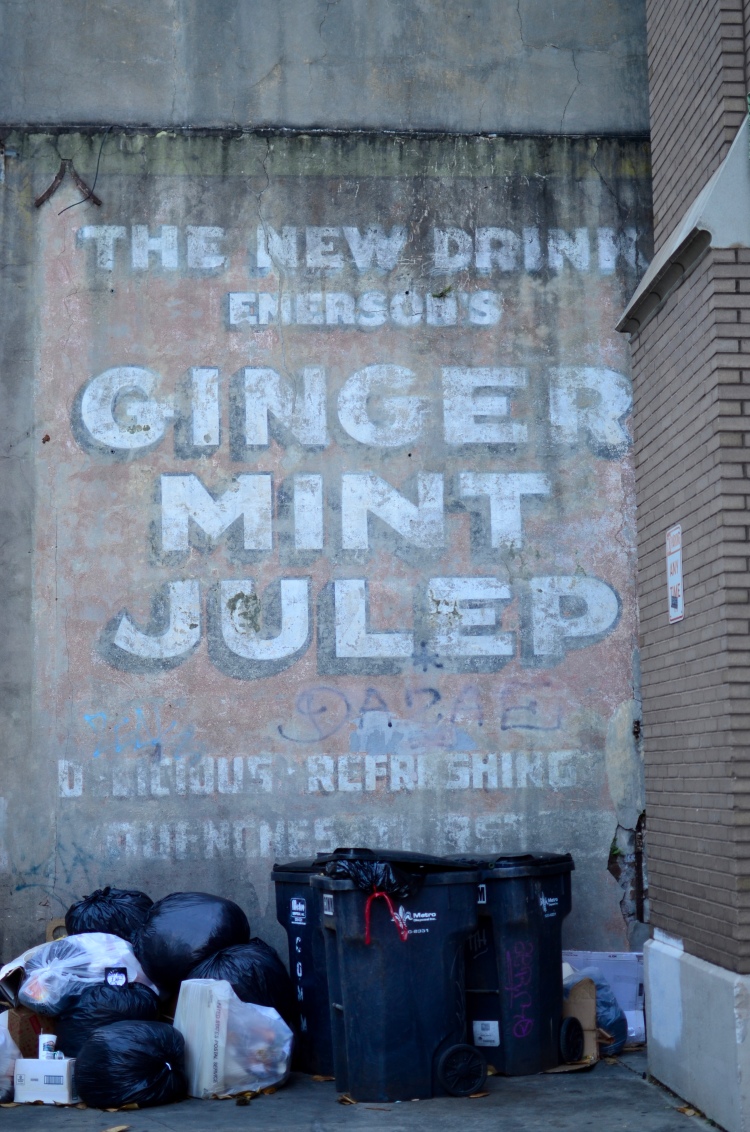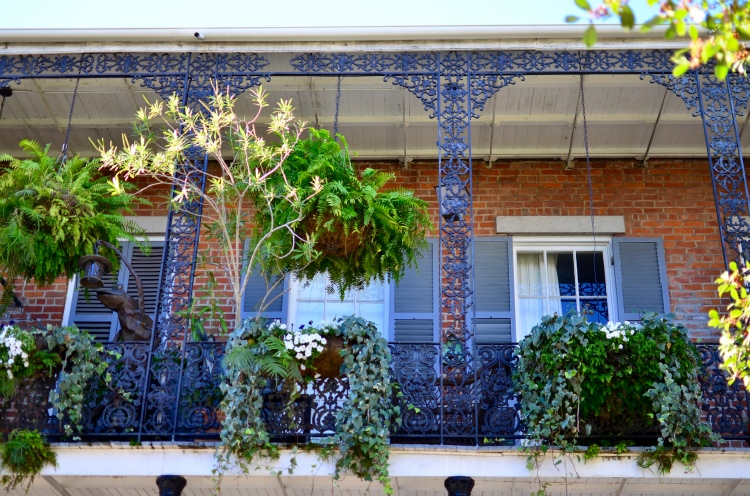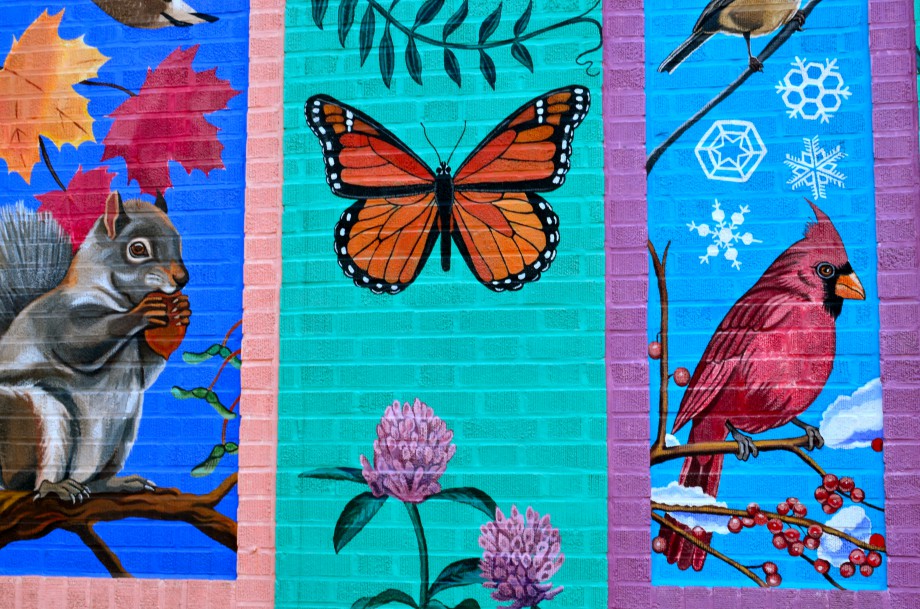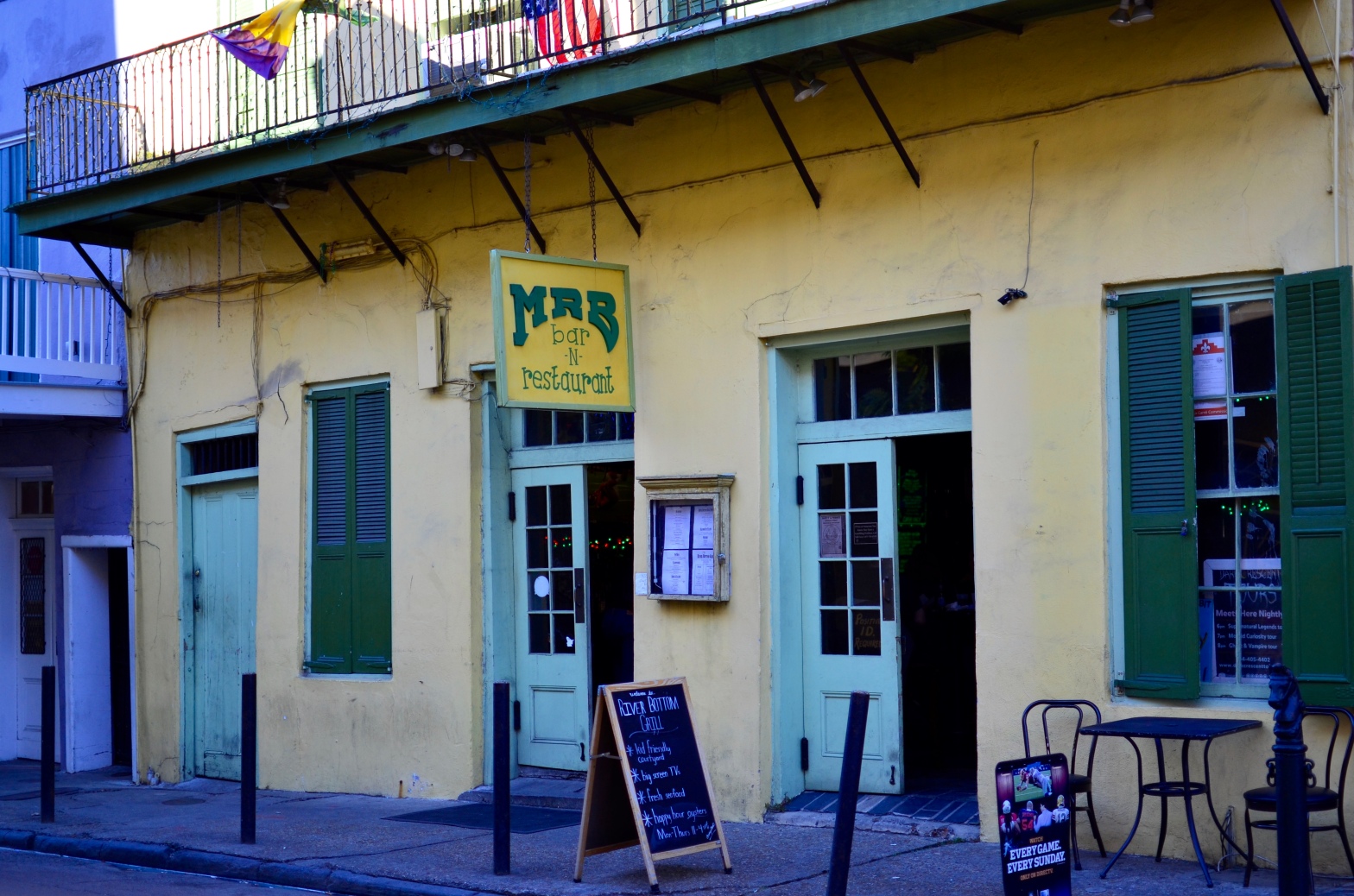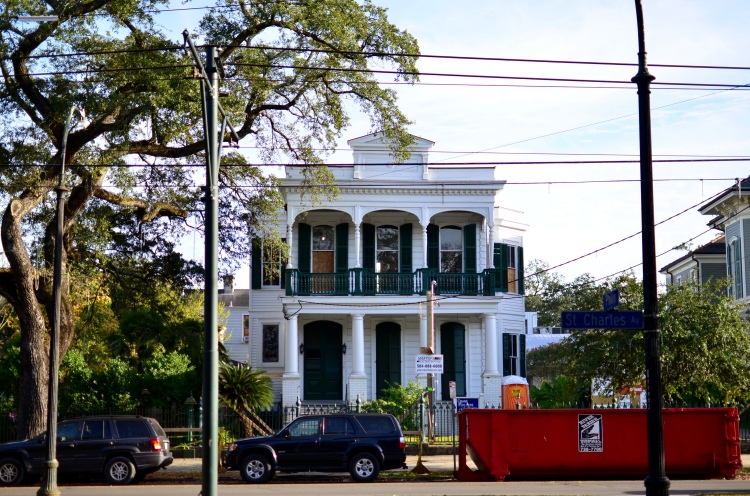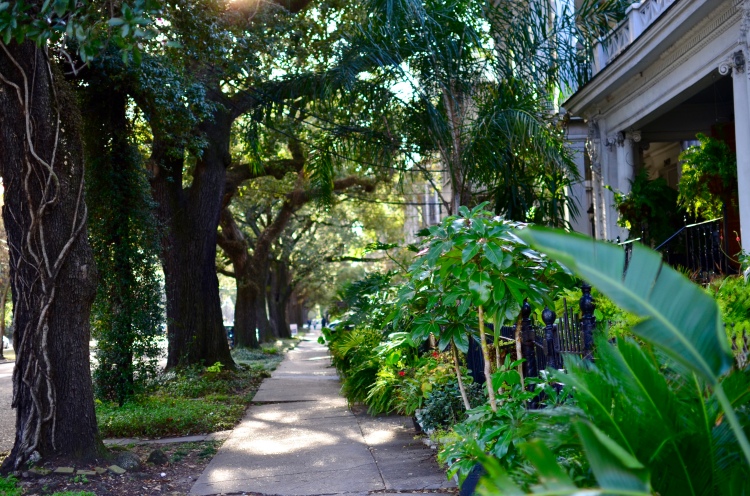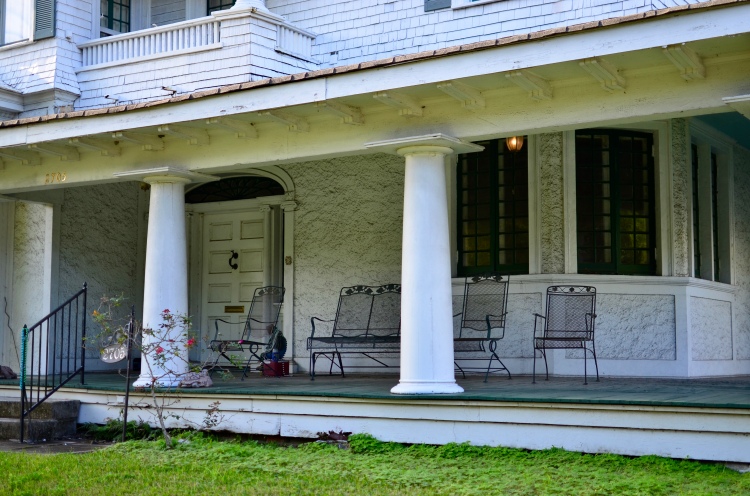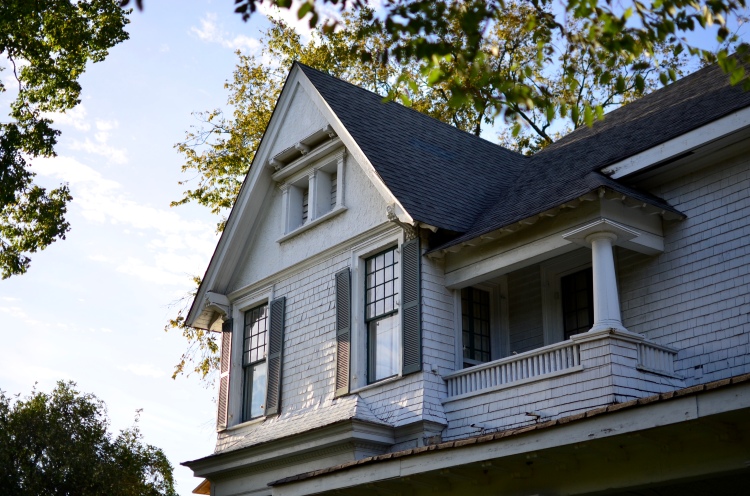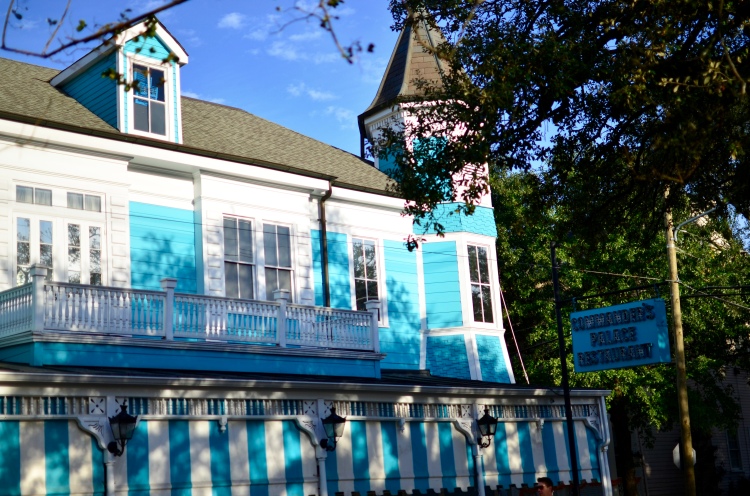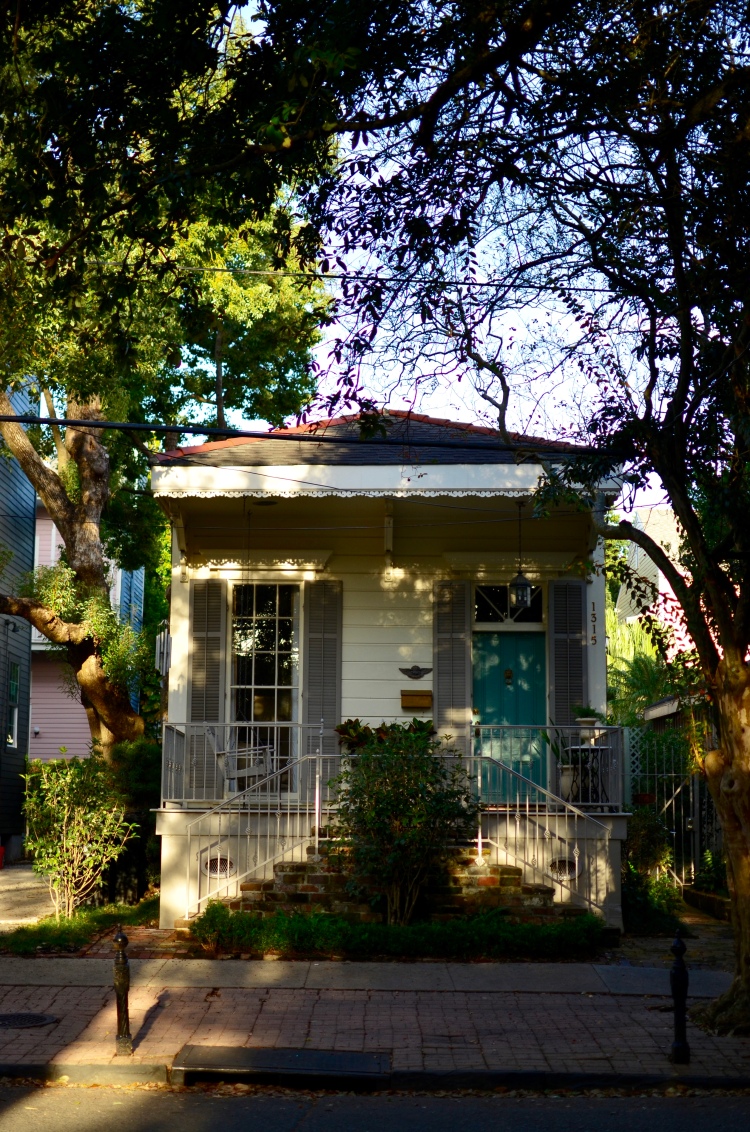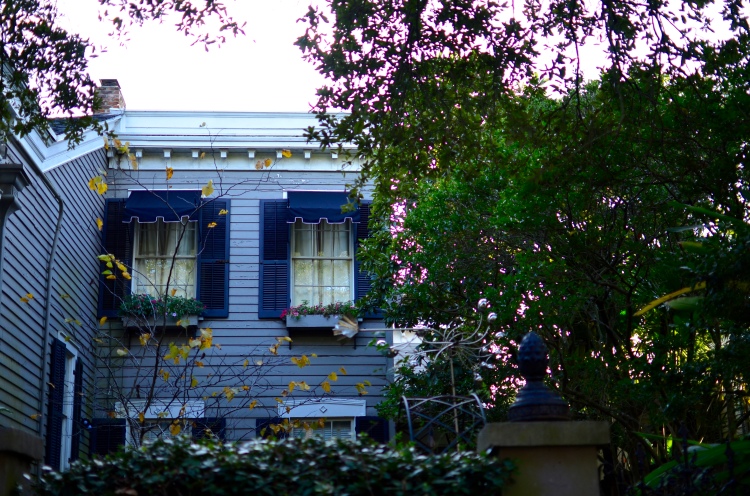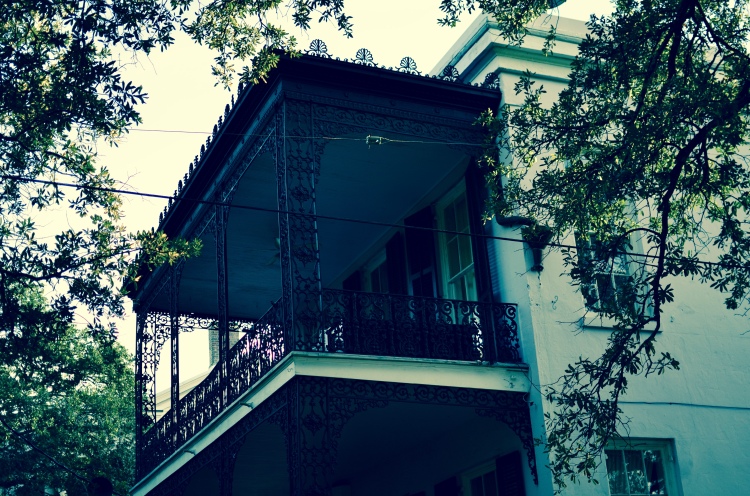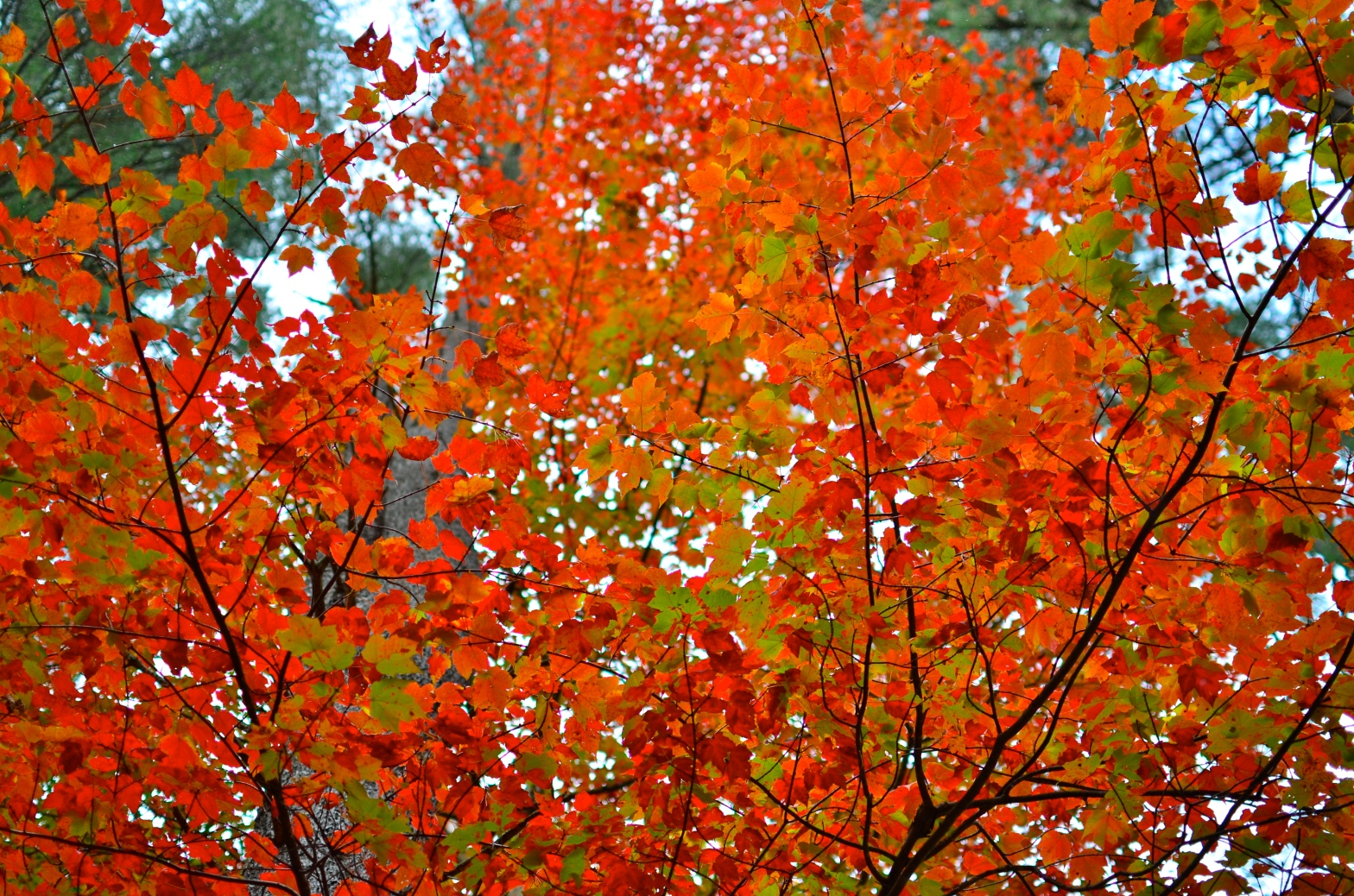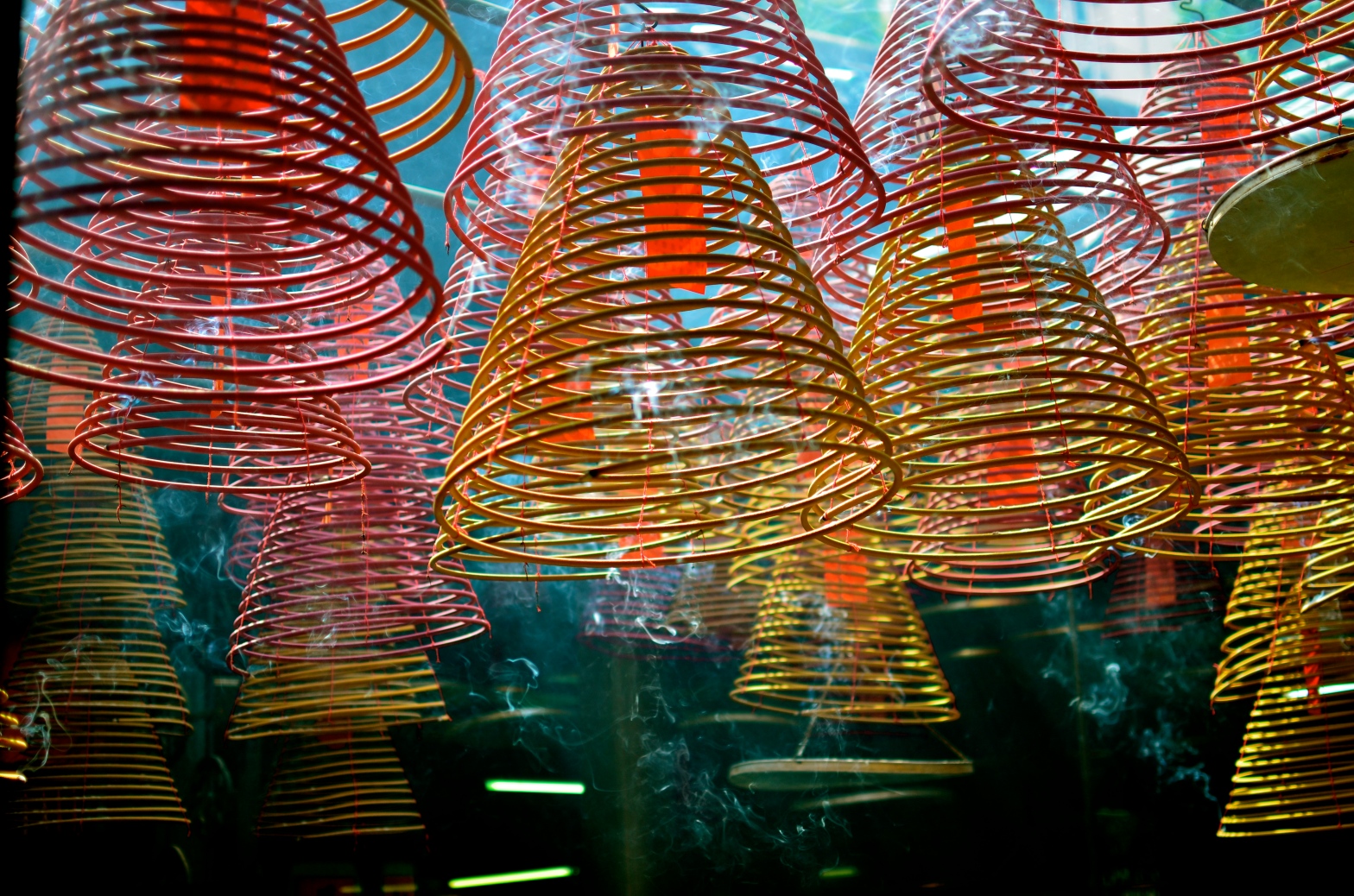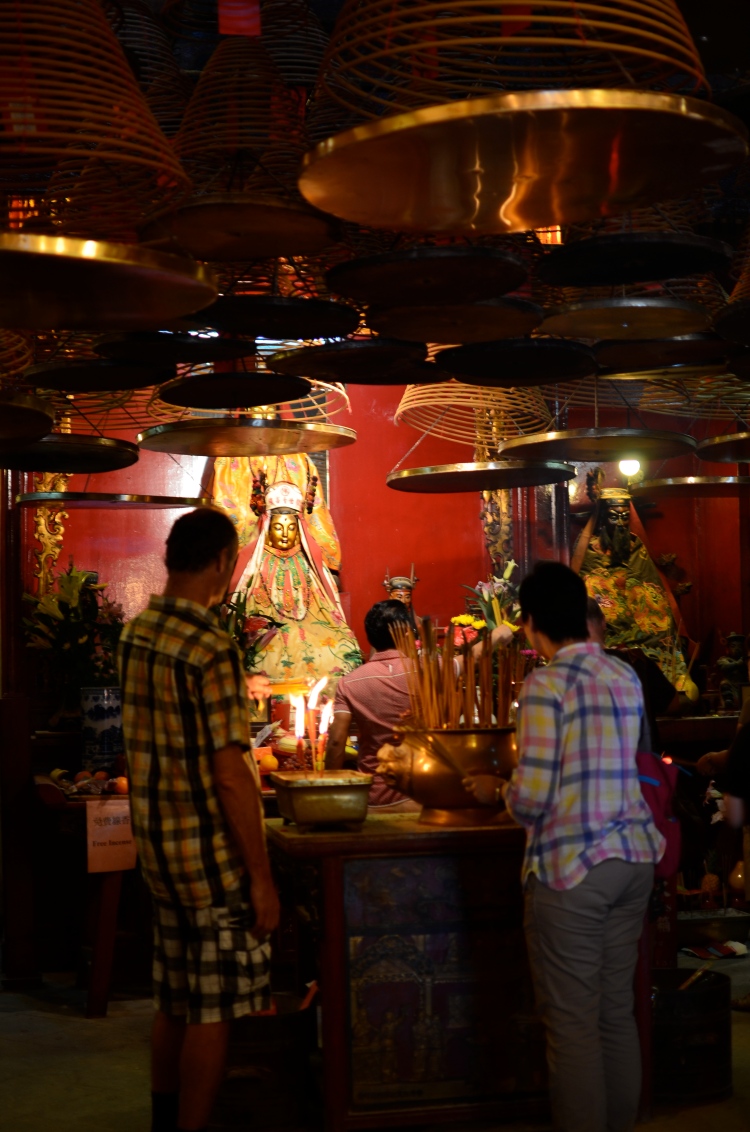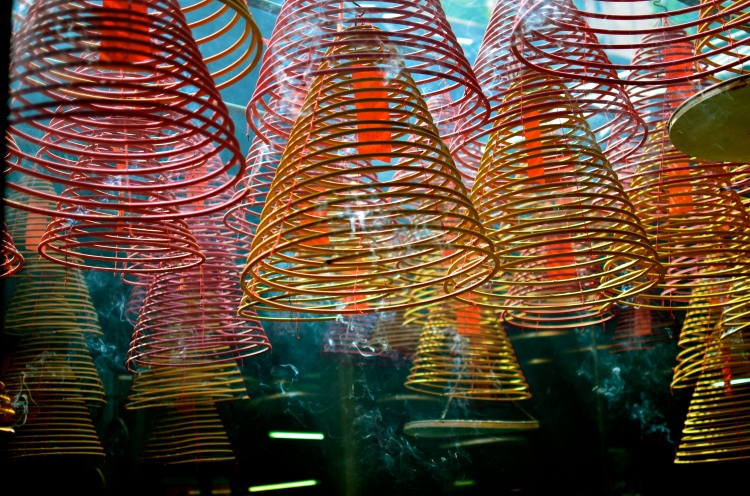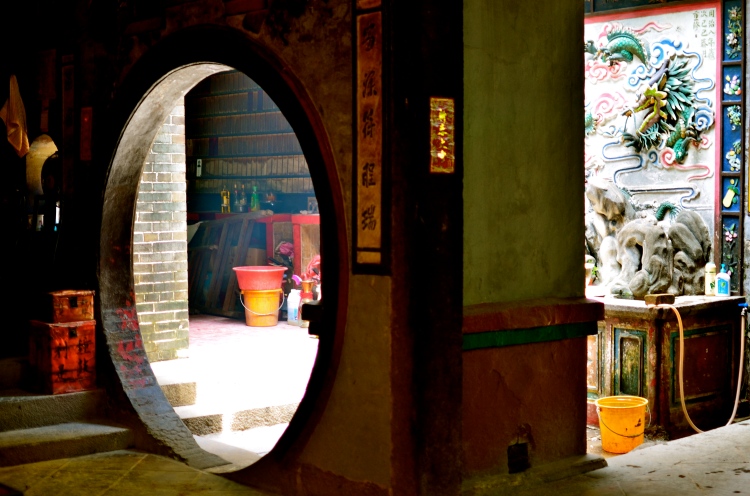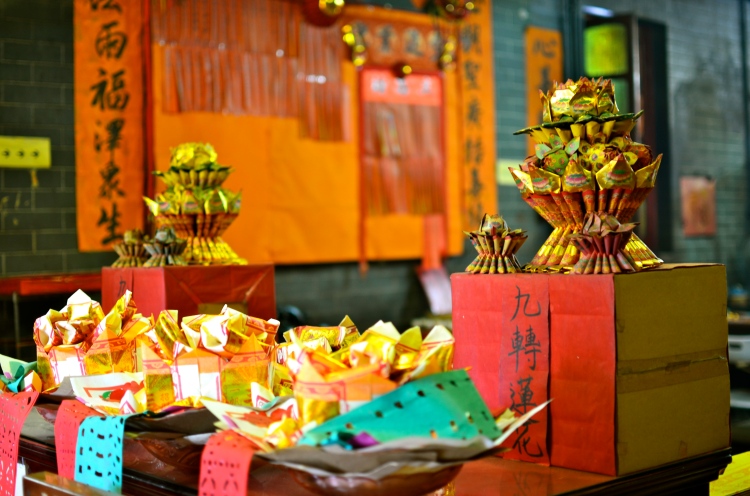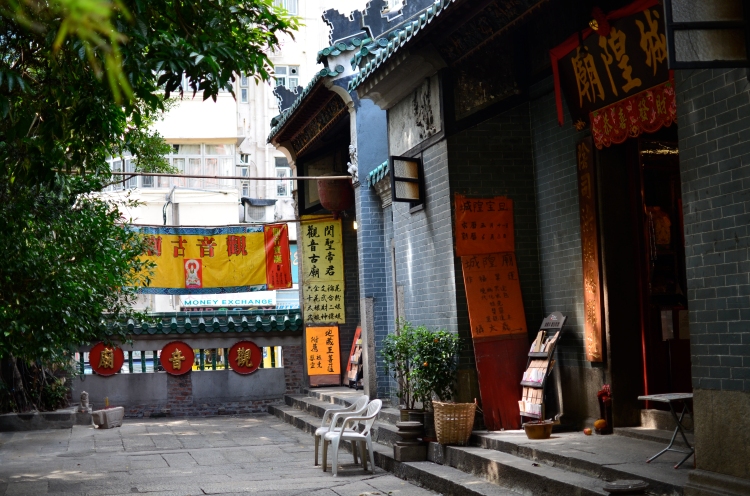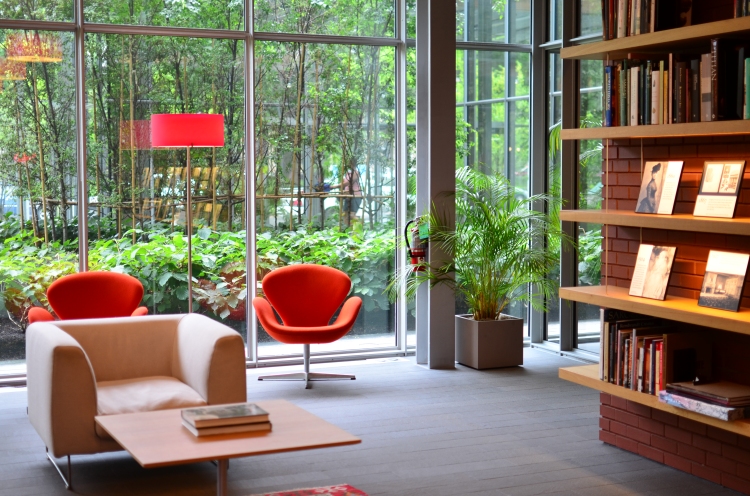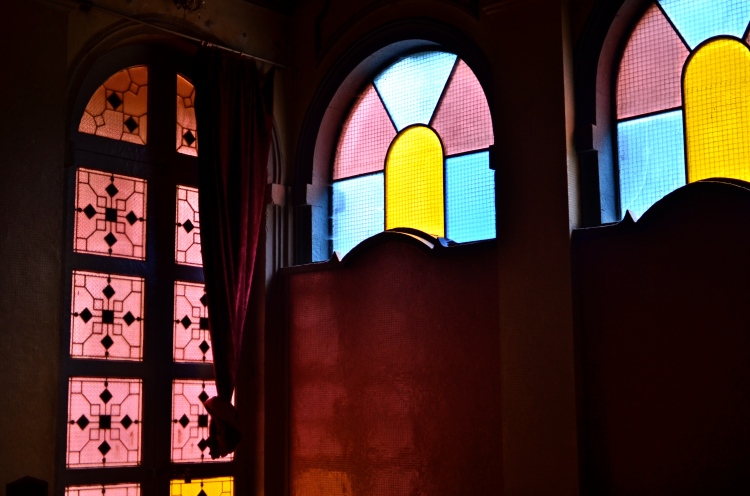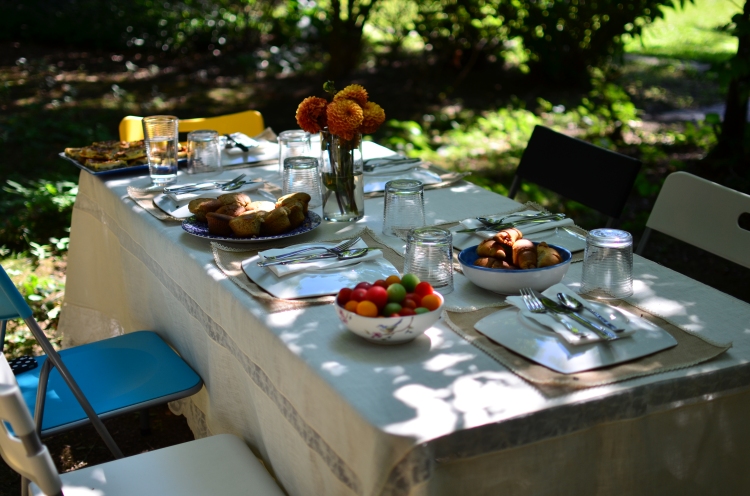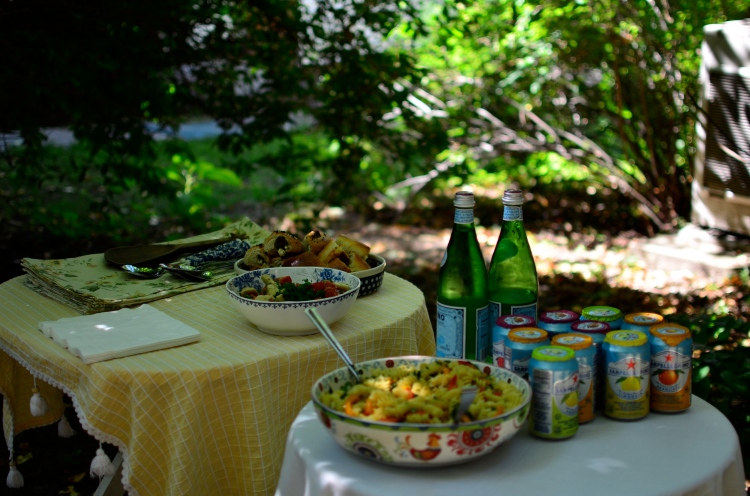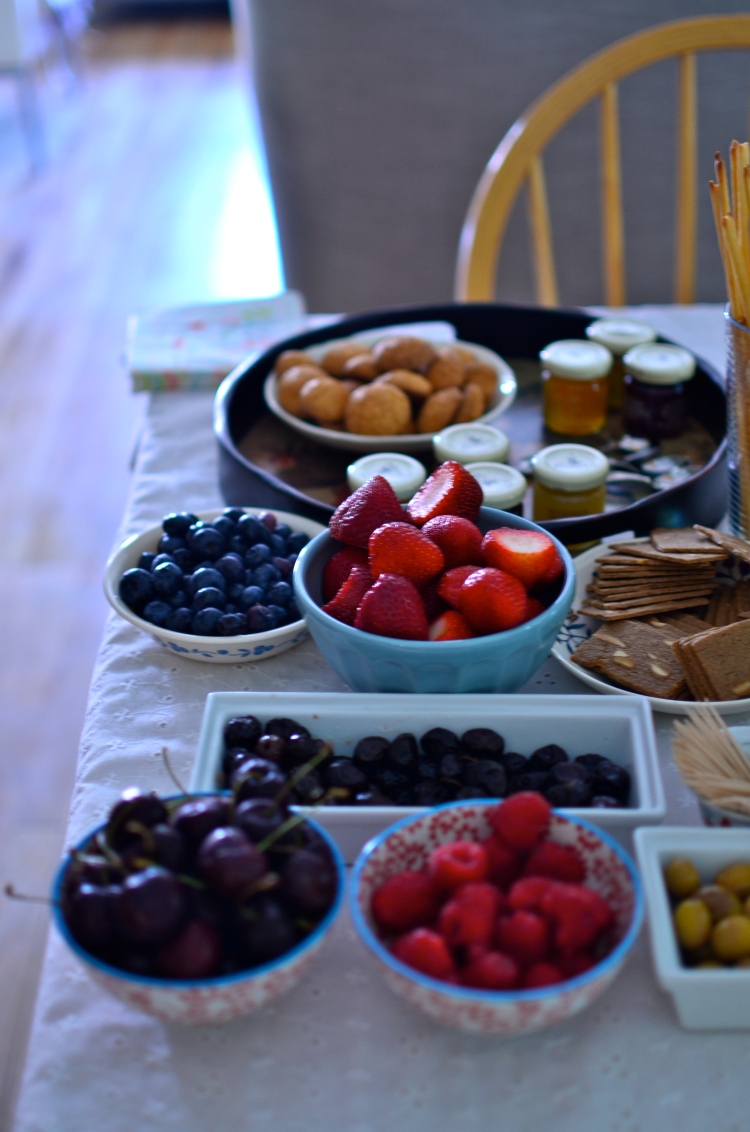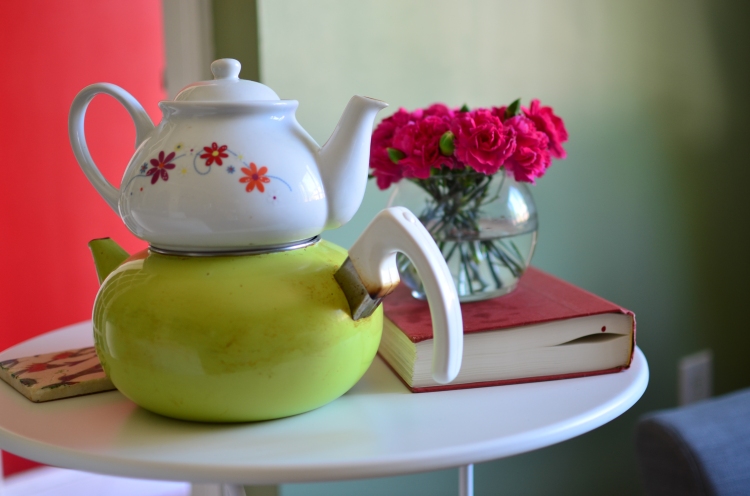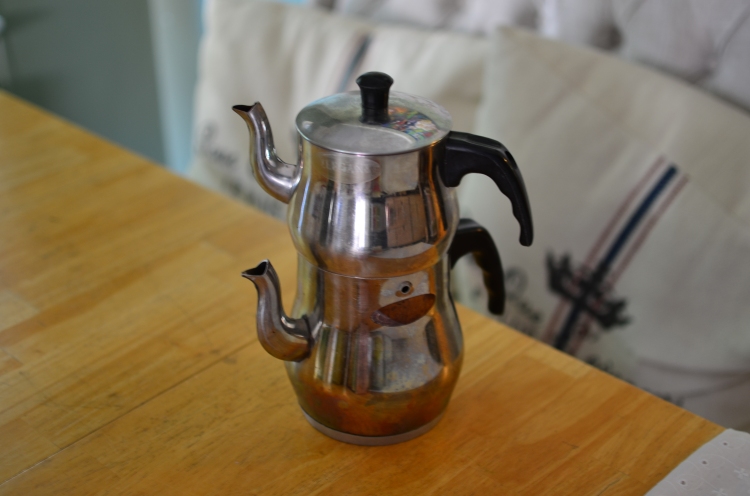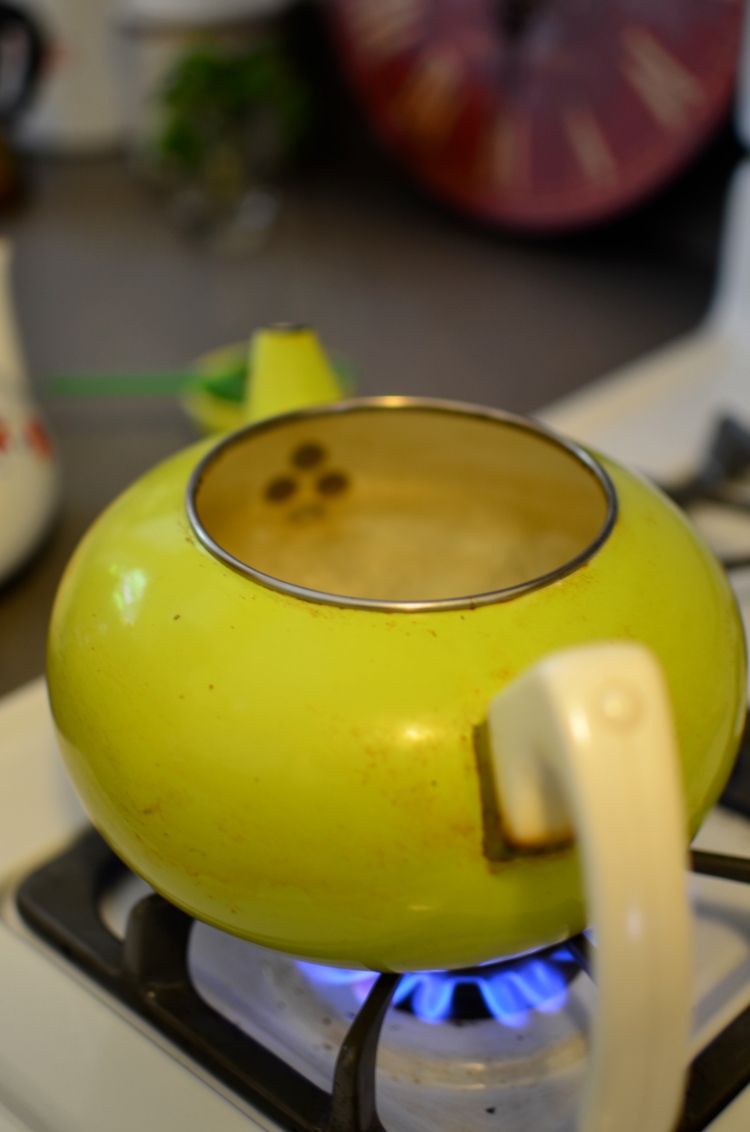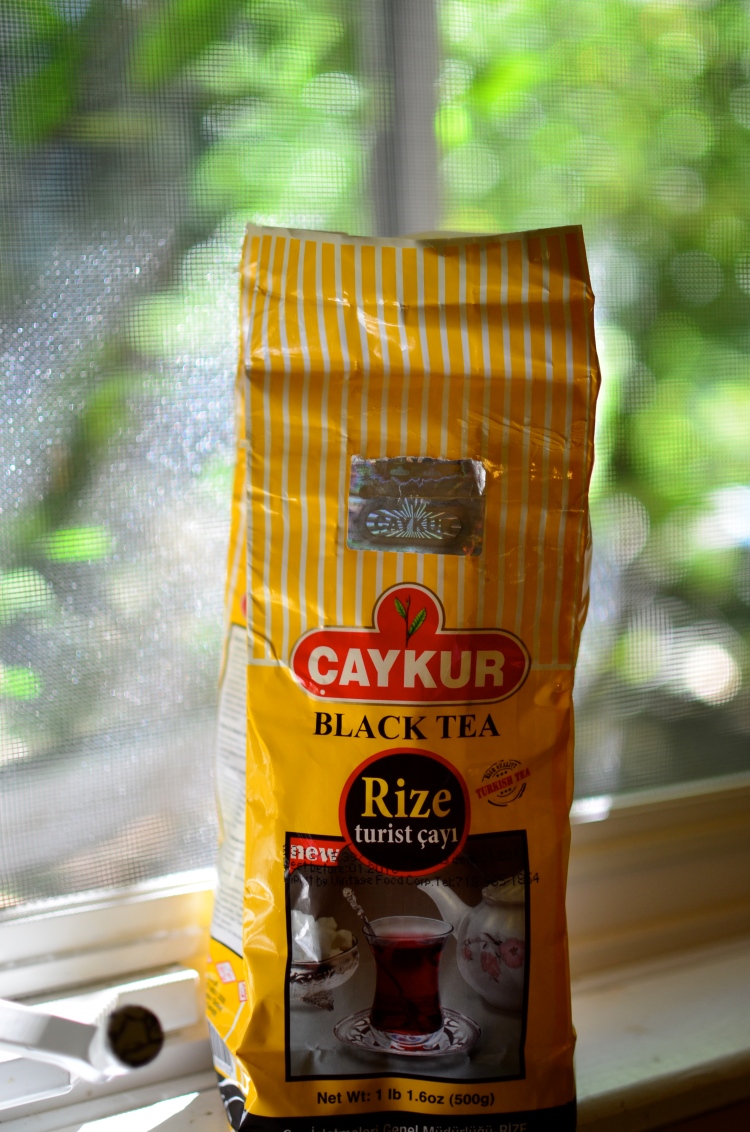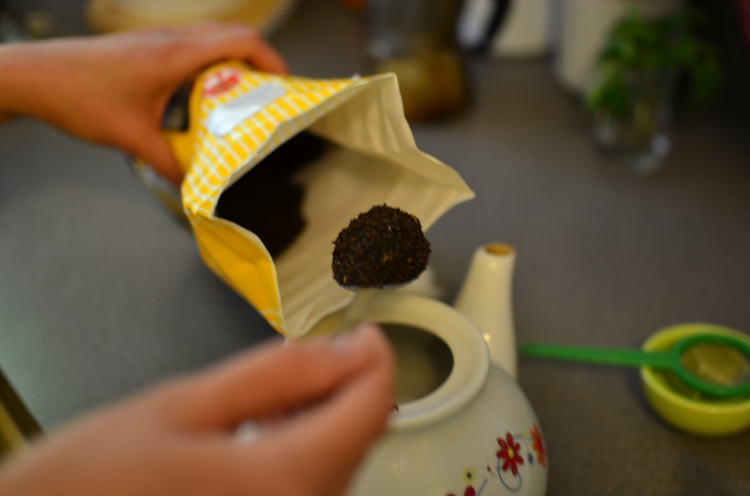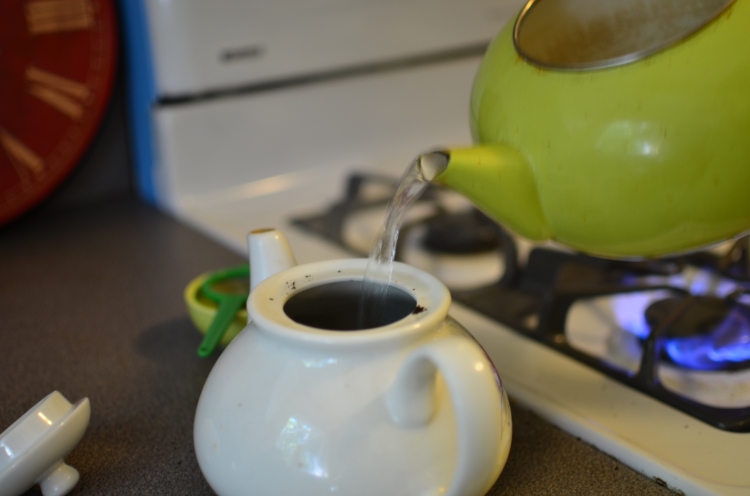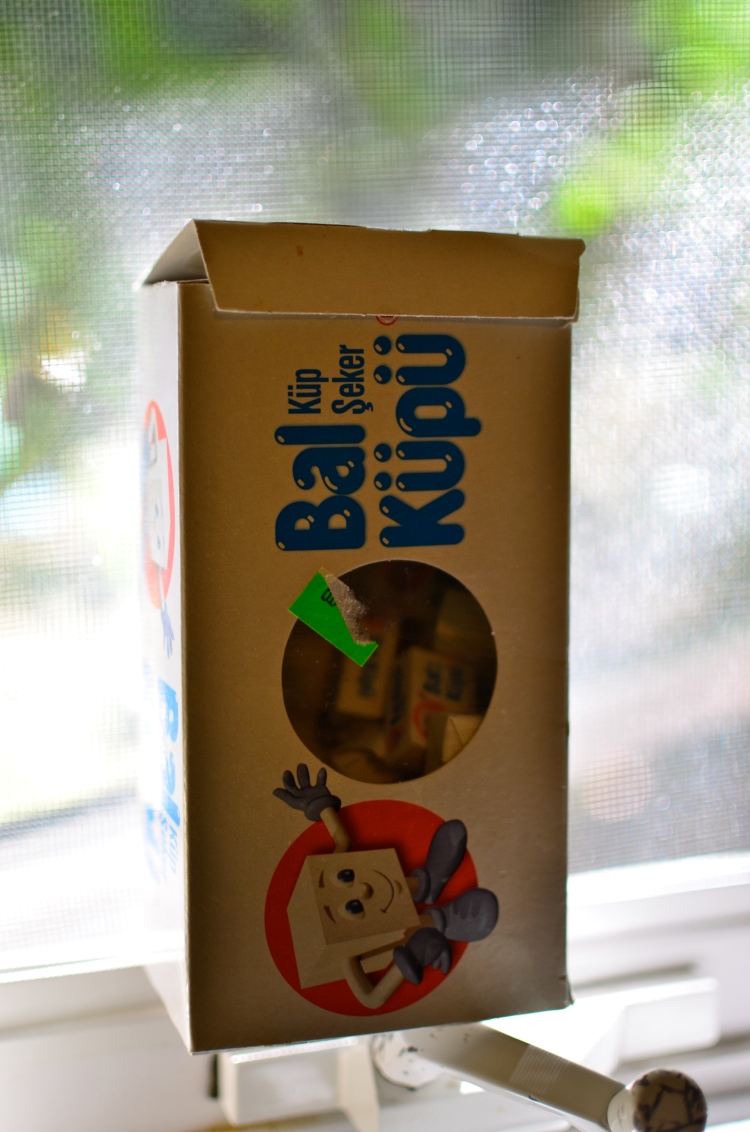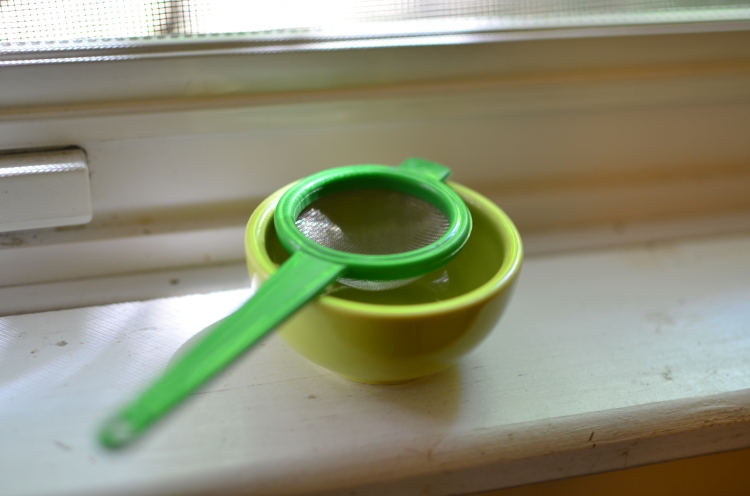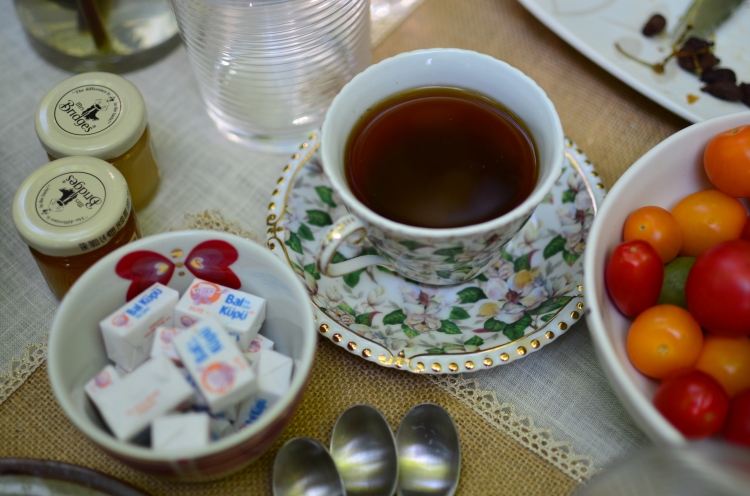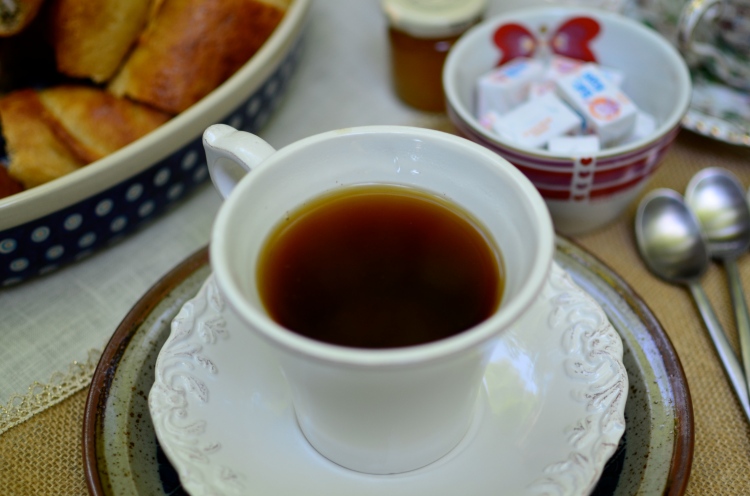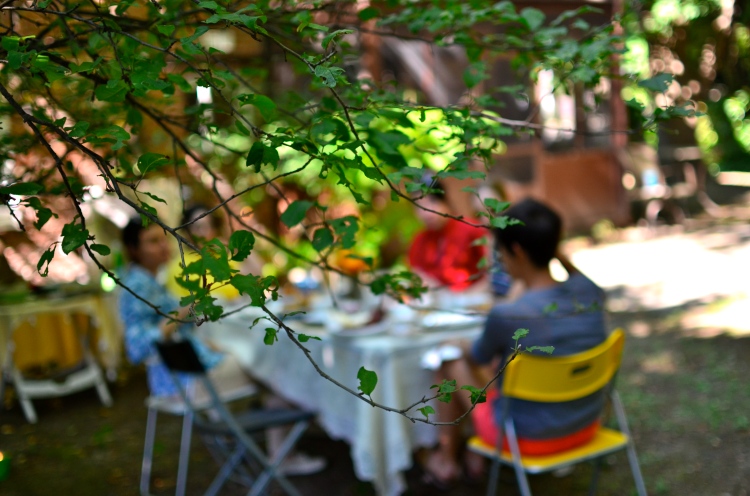The Fall season is one of my favorite times of the year. I tend to get excited whenever the seasons change, but the autumn months are undoubtably some of the most pleasant in New England. The beginning of Fall is also a secondary new year for me, given the academic calendar, so with it come all the fresh starts, or at least one’s hopes for them. I love the faint nip in the air, and am completely obsessed with the cozy-socks-warm-drinks version of Fall, and try my best to recreate that fantasy.
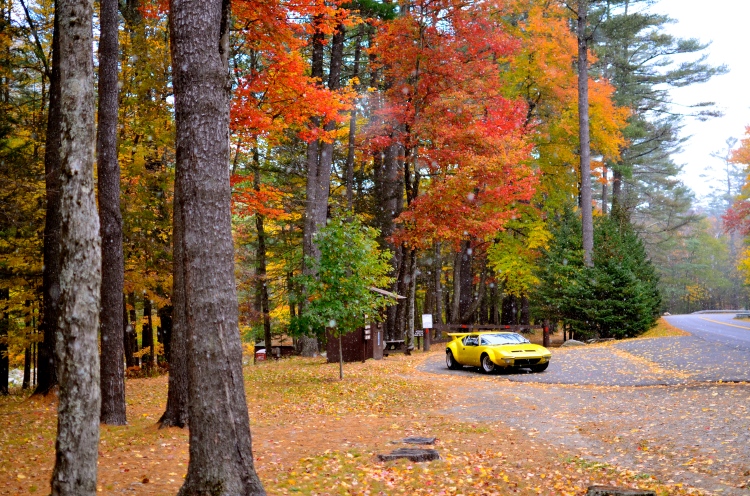
Of course, Fall is so-called because this is when the leaves fall off the deciduous trees that are going bald in preparation for winter. But before they detach, the green leaves take on beautiful and wondrous hues of red, yellow, orange, and pink, as if to compensate for the forthcoming brutality of the black-and-white snow season. And, luckily for me, the fall colors in the New England region of the US are one of the most brilliant in the world.
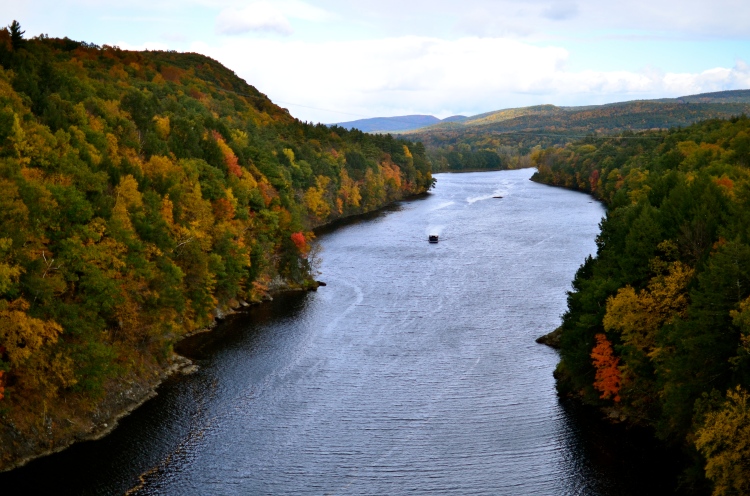
View from the French King Bridge
In Massachusetts, the colors are at their peak typically around early to mid October. So, this past weekend, a friend and I decided to drive through the Mohawk Trail to view the fall foliage. The day was unusually cold and windy–in fact, we encountered the first snowflakes of this season in an ironically named town, Florida–but since we (not me!) spent a lot of it driving, it was manageable.
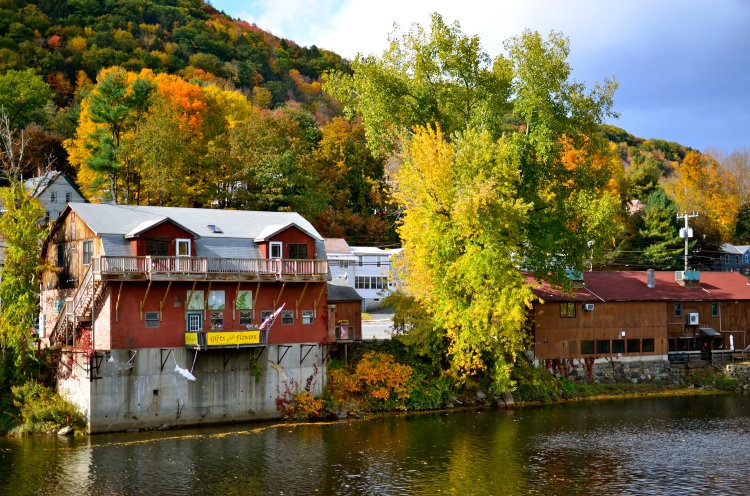
View from the Bridge of Flowers
We ate a hearty lunch at a lovely place called, Hearty Eats. Given that we were in the Berkshires region, it wasn’t too surprising that the restaurant reminded me a lot of Ithaca, by which I mean that it serves local, organic, vegetarian-friendly, globally influenced food that is free of gluten, dairy, sugar, peanuts, GMOs, or artificial ingredients; has a huge collection of teas; and is located right next to a pottery studio :-). Cheekiness aside, it was great and I highly recommend it!
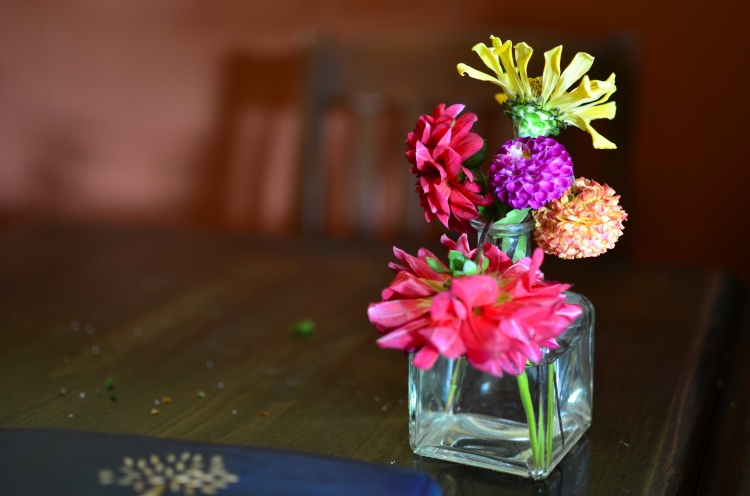
At our lunch stop, Hearty Eats, in Shelburne Falls
We only spent about 30 minutes or so at the Mohawk Trail State Park in Charlemont, mostly because the sun was about to set and we wanted to make one more stop on the trail before it got dark. But, if you are interested in looking at Massachusetts’ largest surviving patch of old-growth forest of maples, birch, beech, and ash, this is the place for you. This forest also houses the tallest tree in New England—a 171 feet high white pine—though its exact location is apparently a secret; we were too cold to look for it.
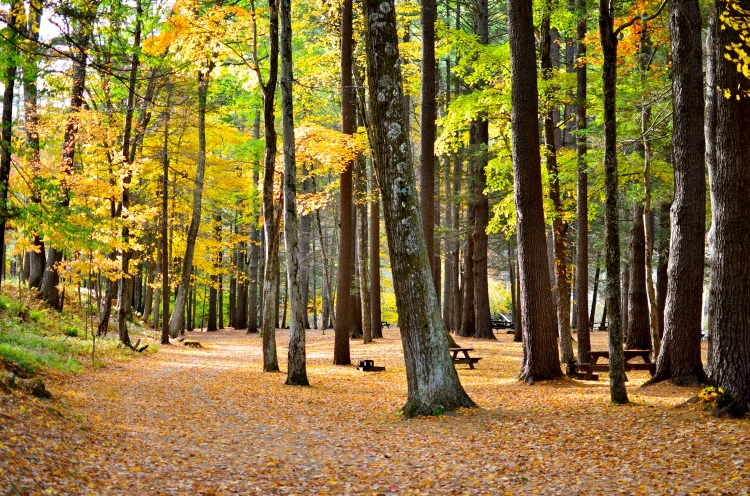
Mohawk Trail State Forest, Charlemont
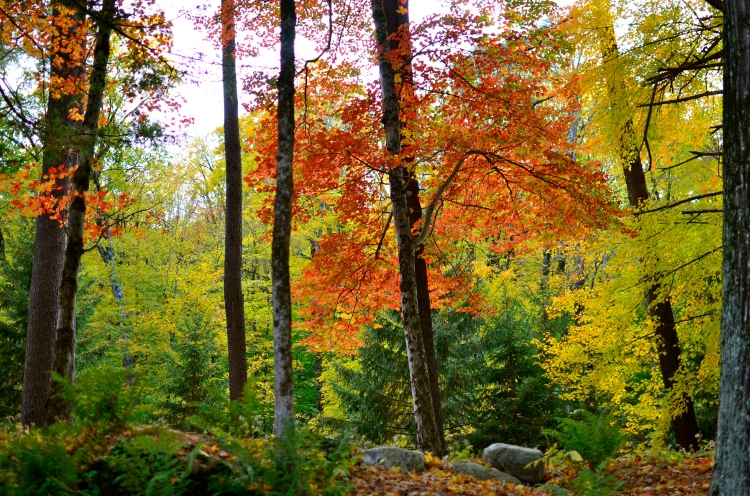
Our last stop on the trail was the Hairpin Turn (it is basically a sharp U-turn with a lookout point) in North Adams. After taking way too many photos of the northern Berkshires, you can park here and get a drink and a bite to eat at the Golden Eagle Restaurant. We had hot toddies, pumpkin pie, and strawberry shortcake, and they were all surprisingly quite good.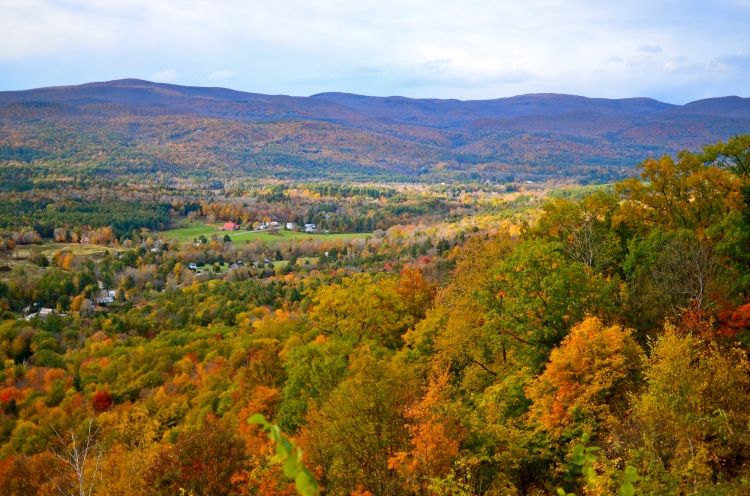
View from the Hairpin Turn, North Adams
The entire trip did take an entire day, but it was totally worth the time. I am ready for winter now.
